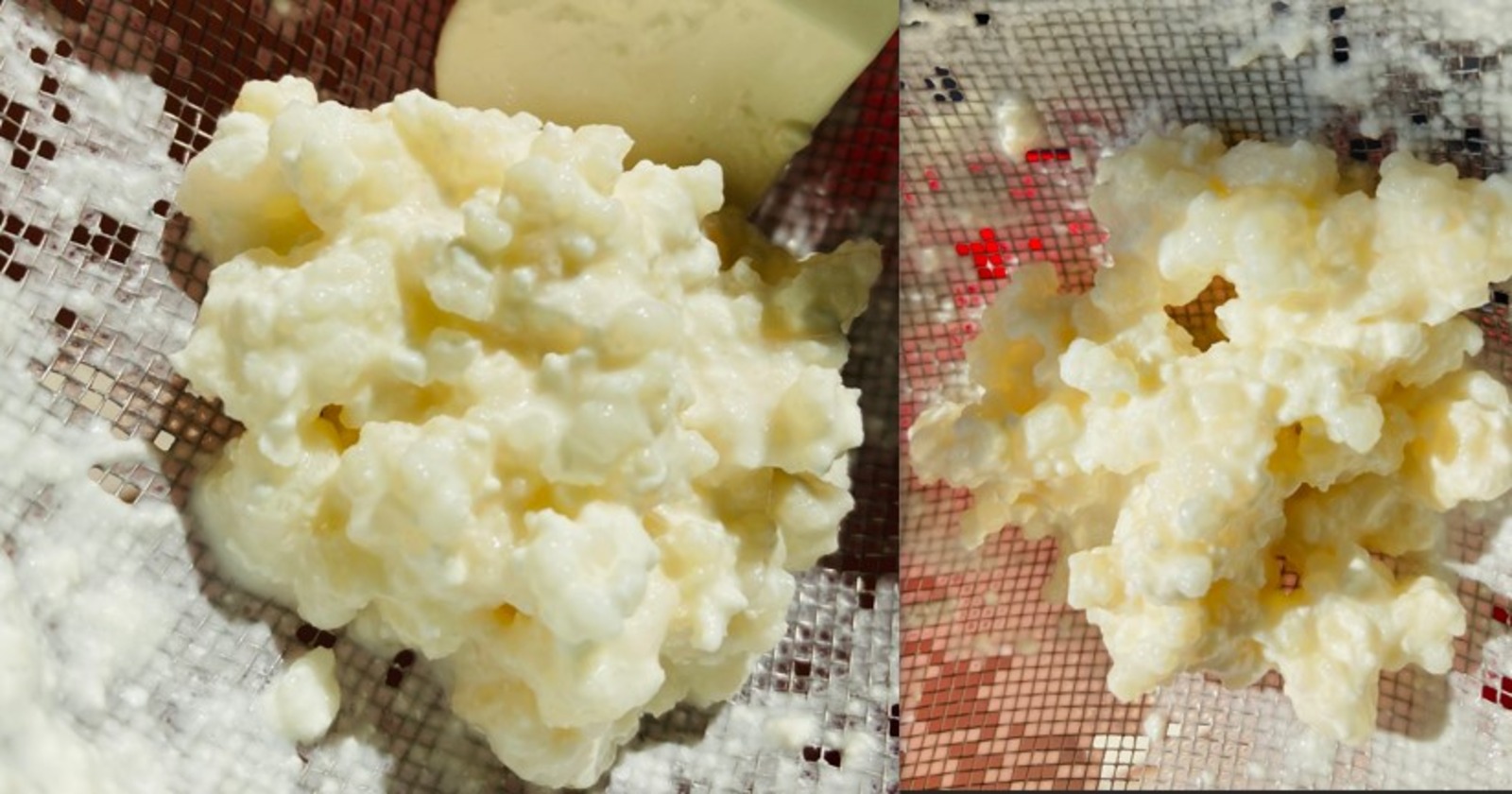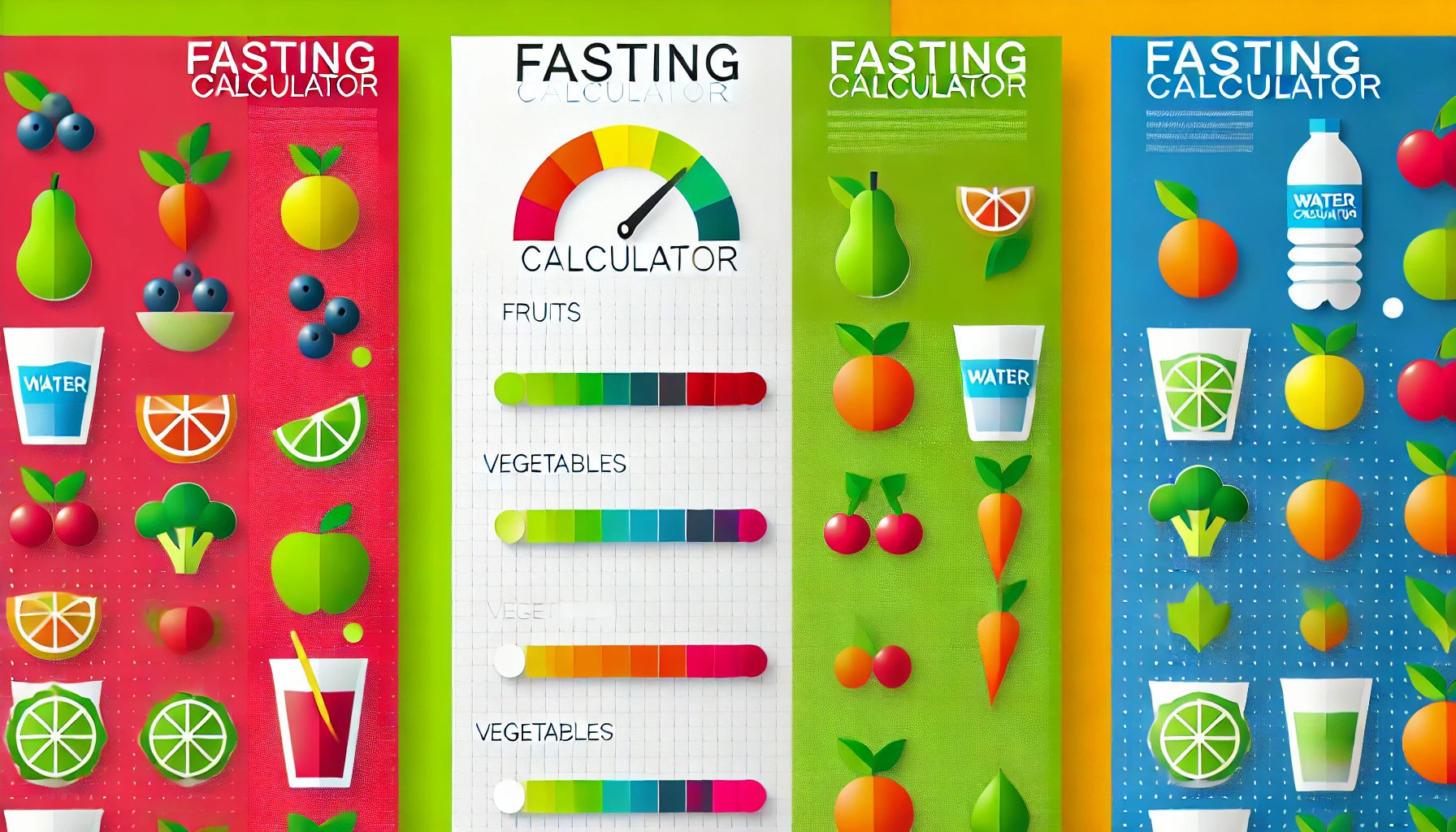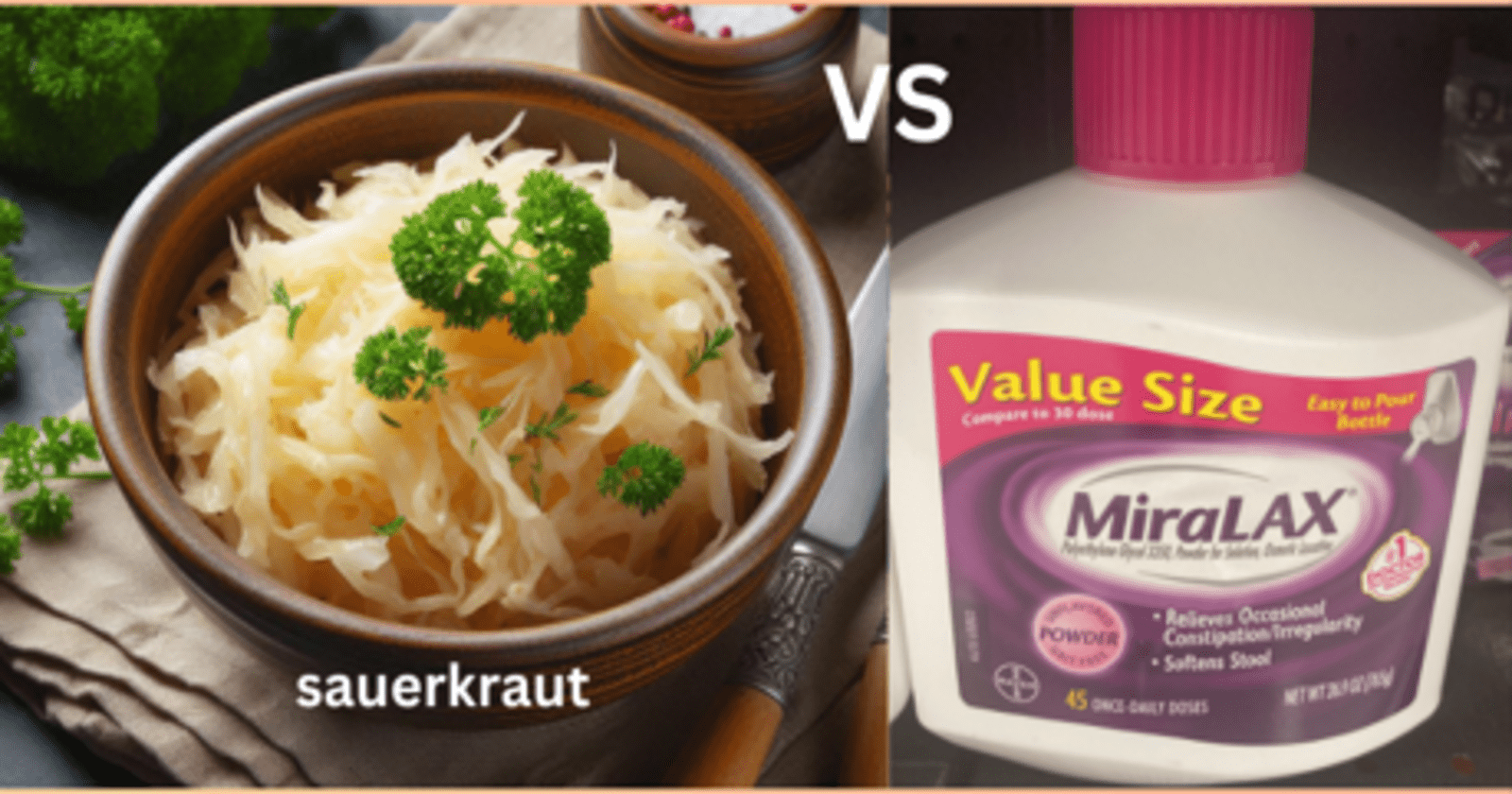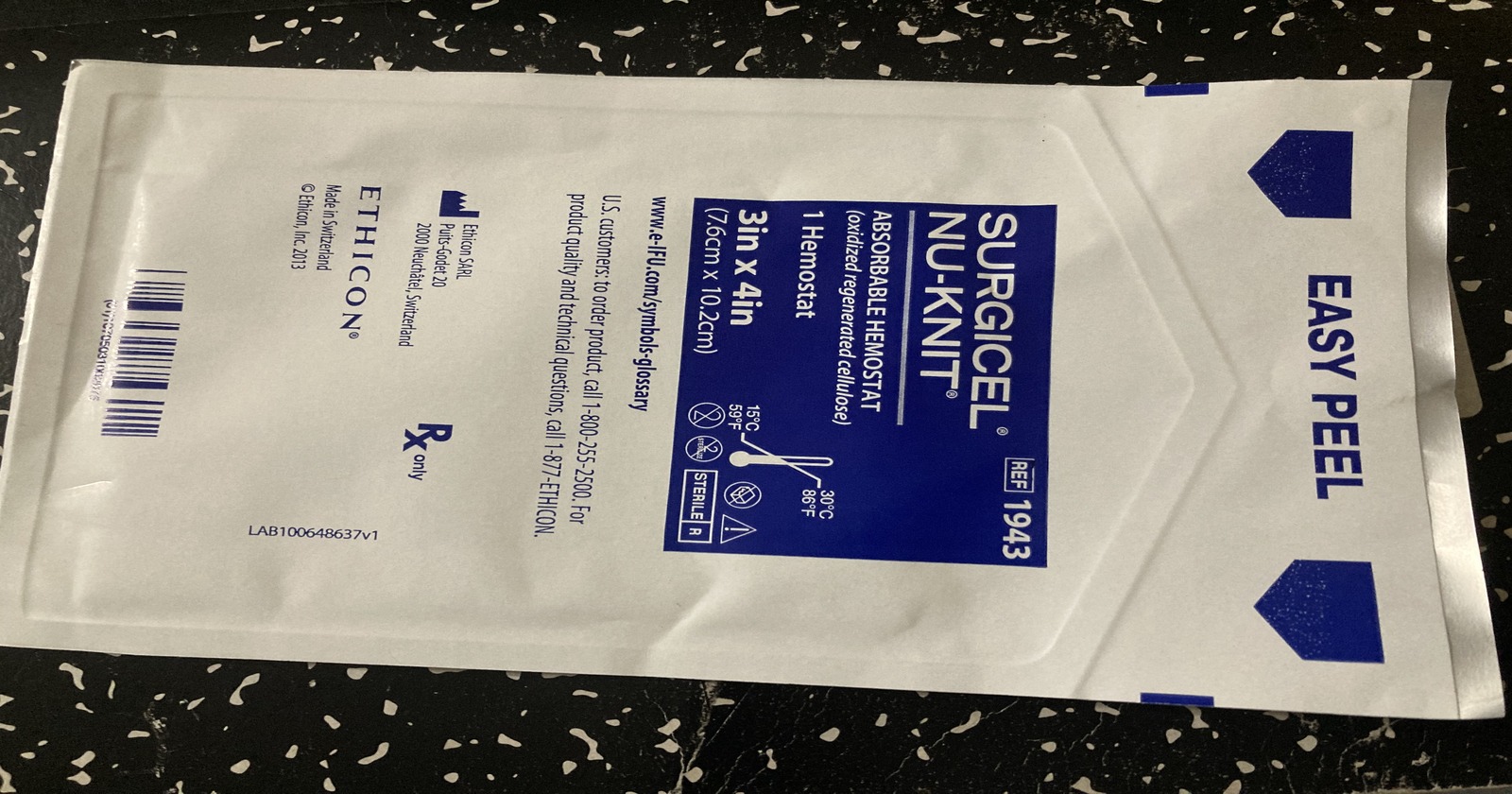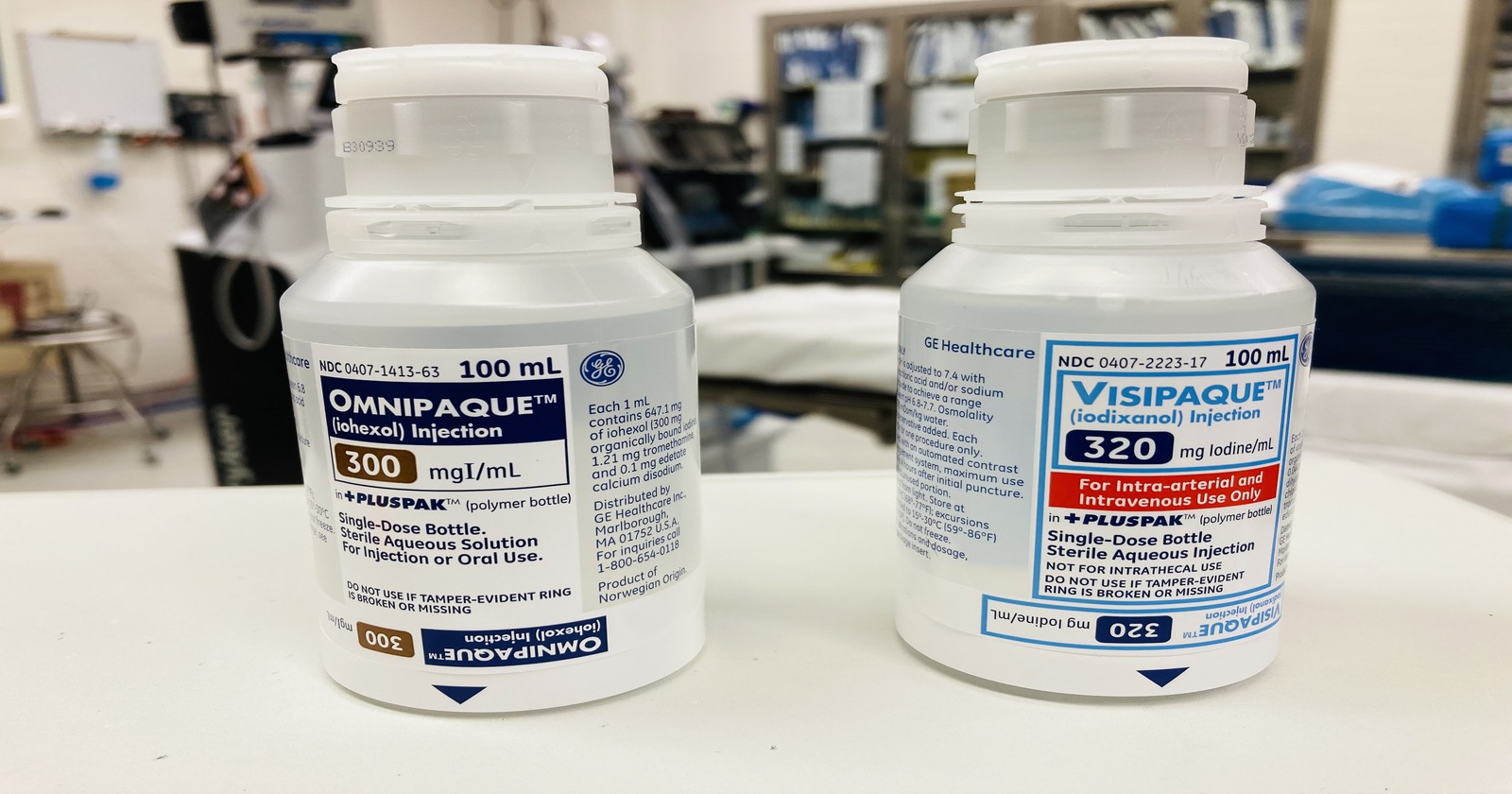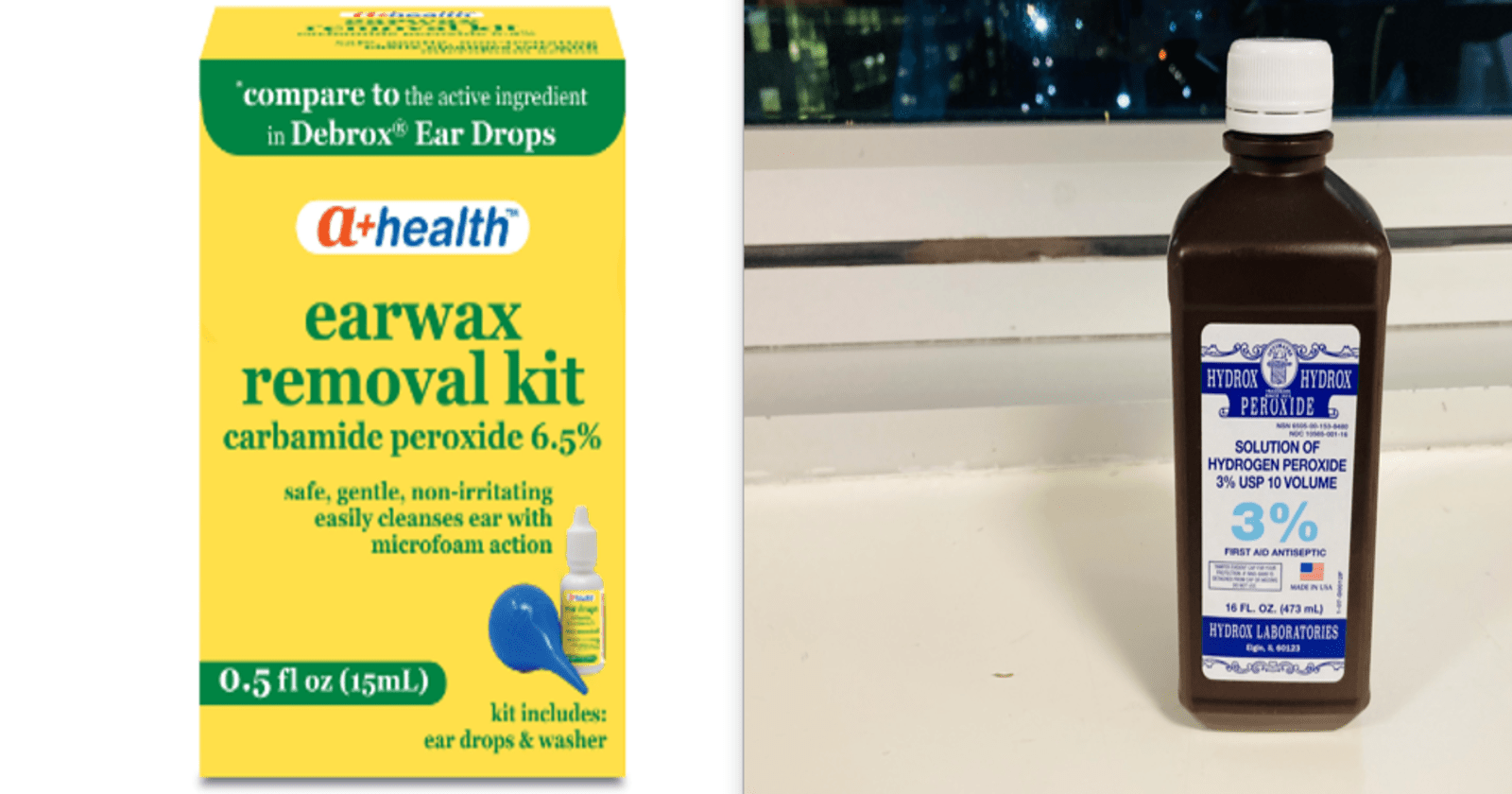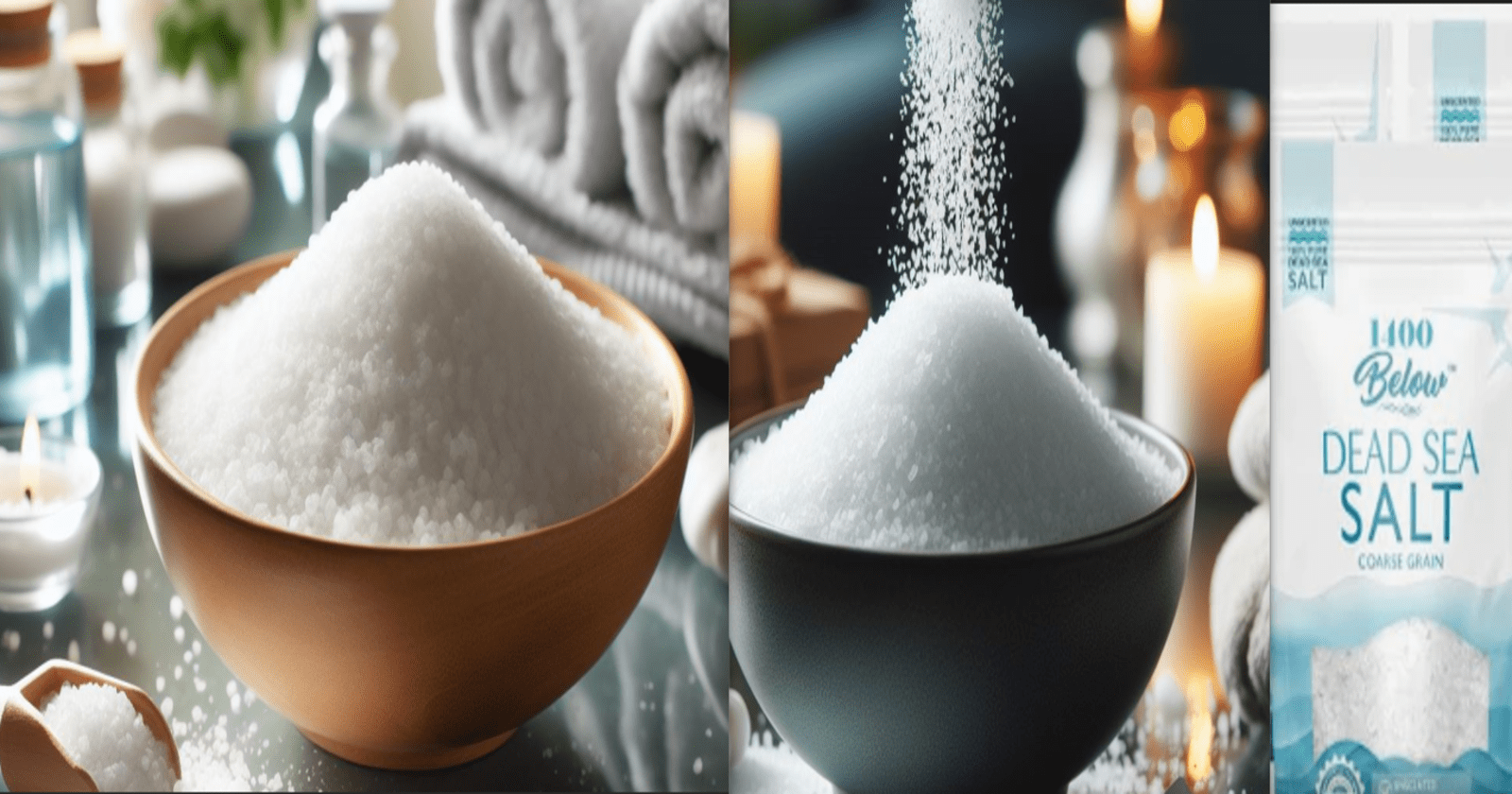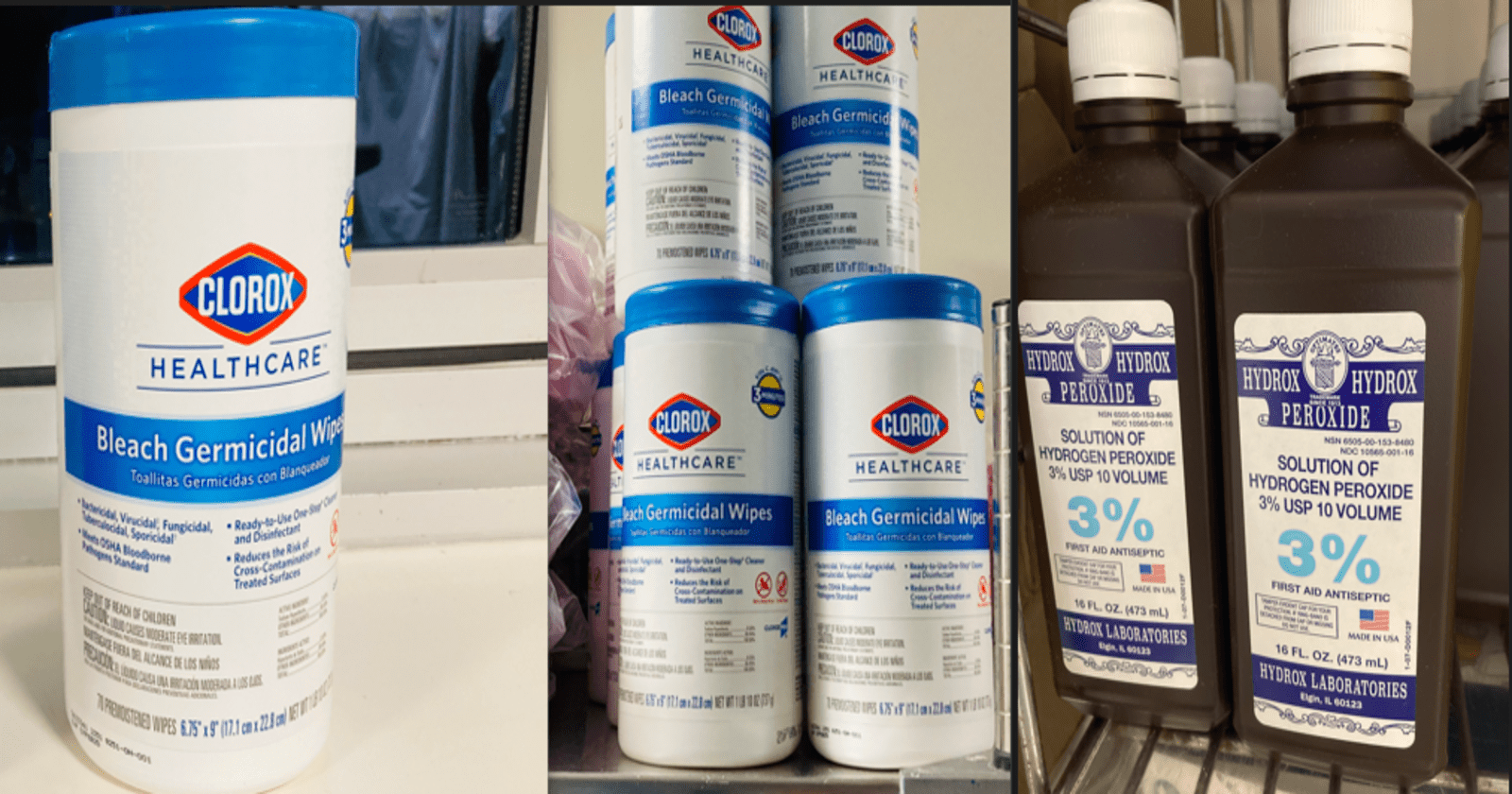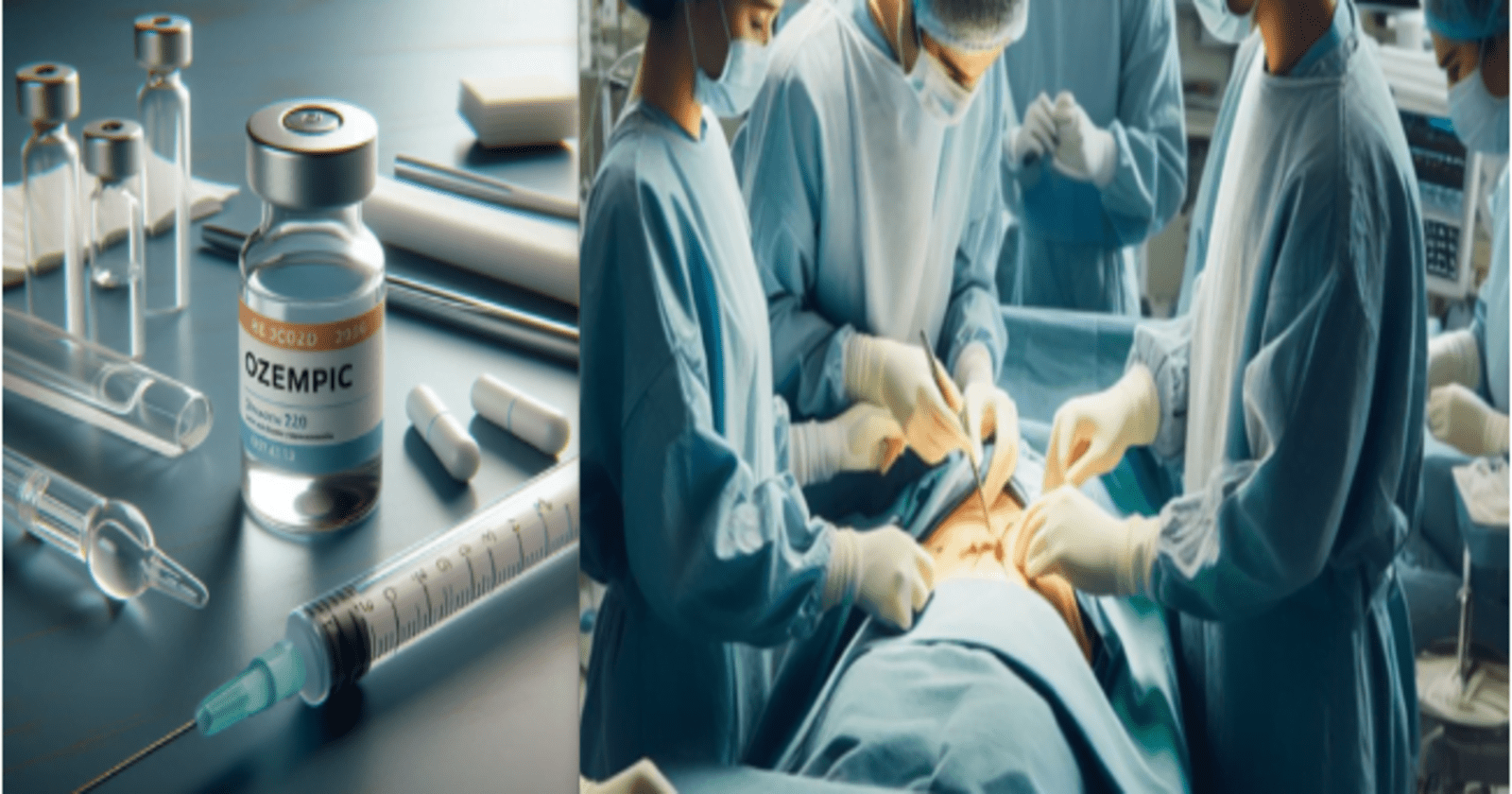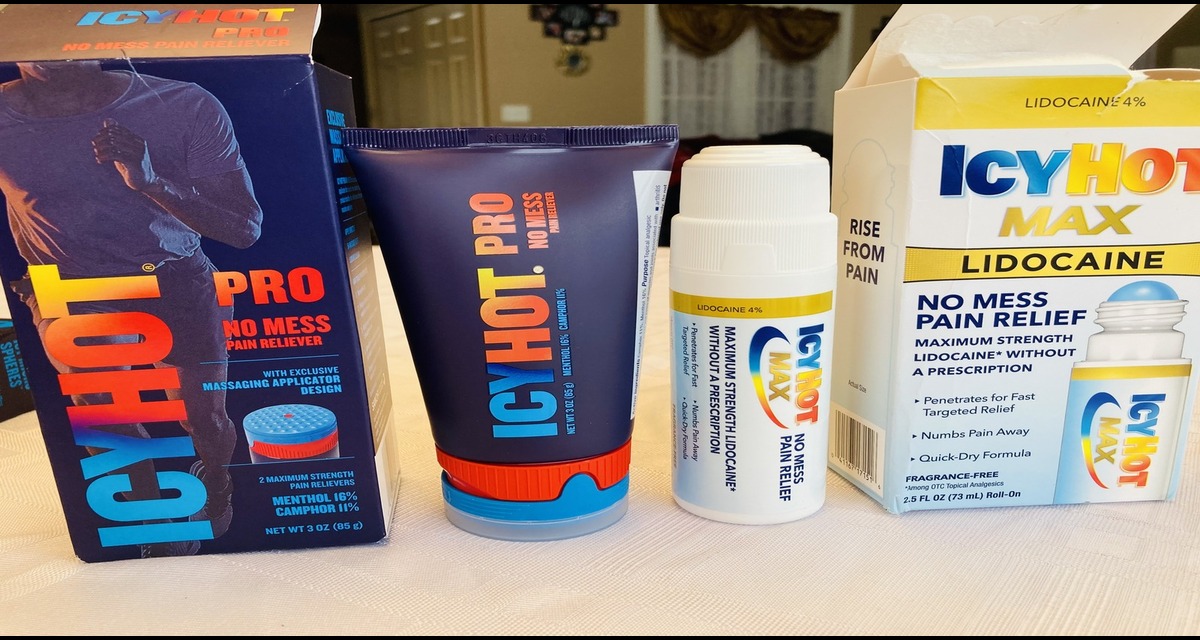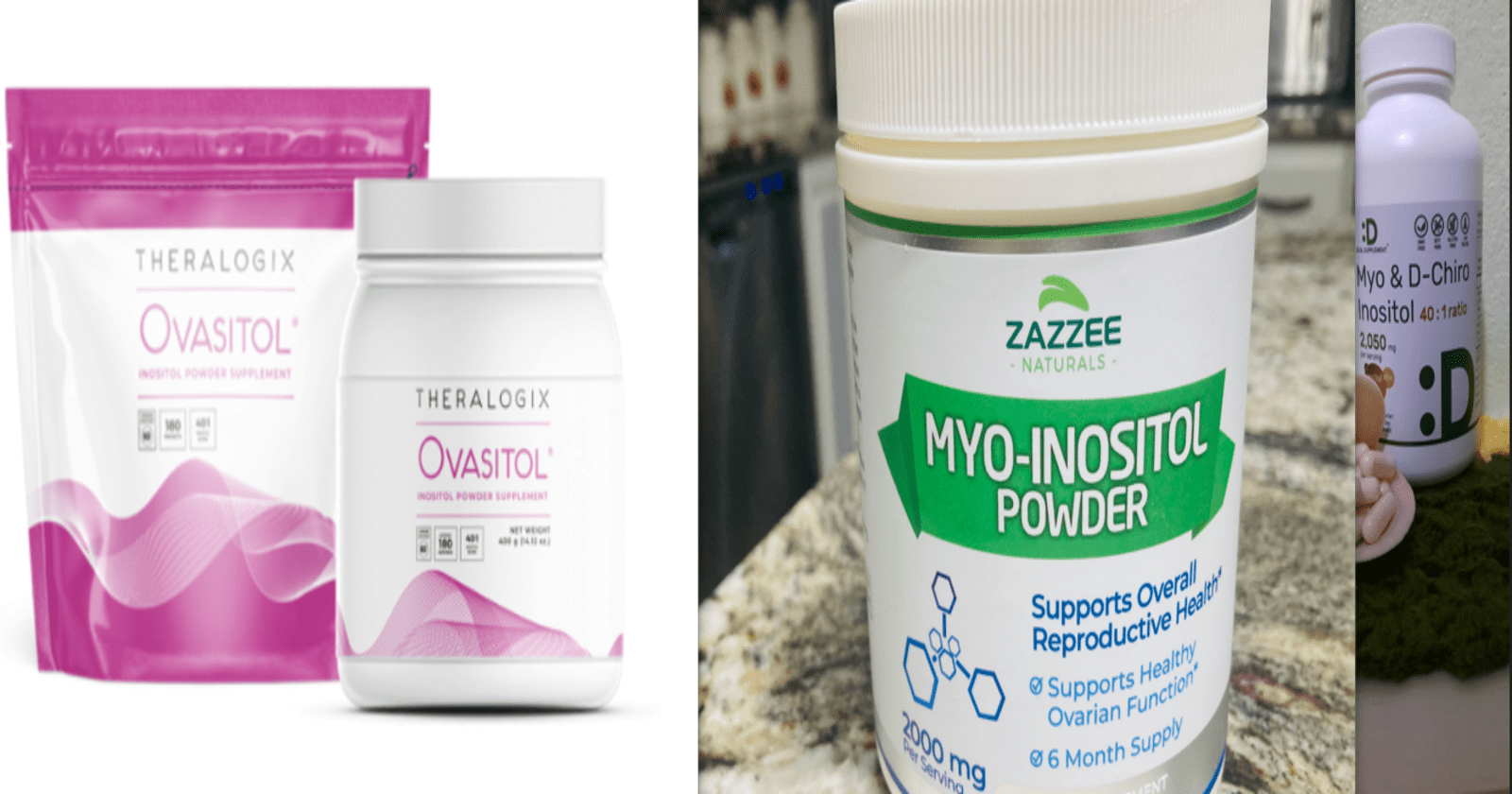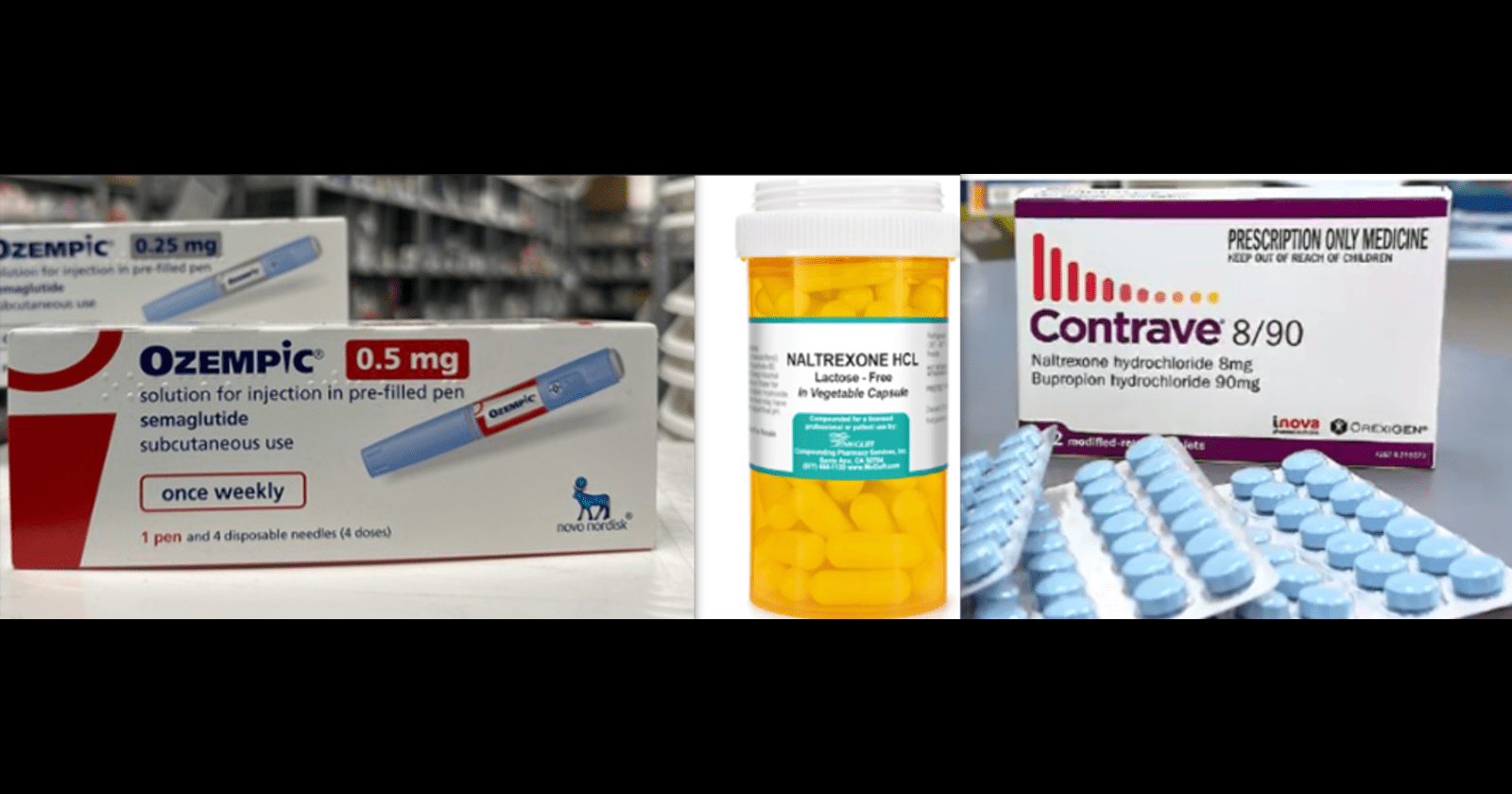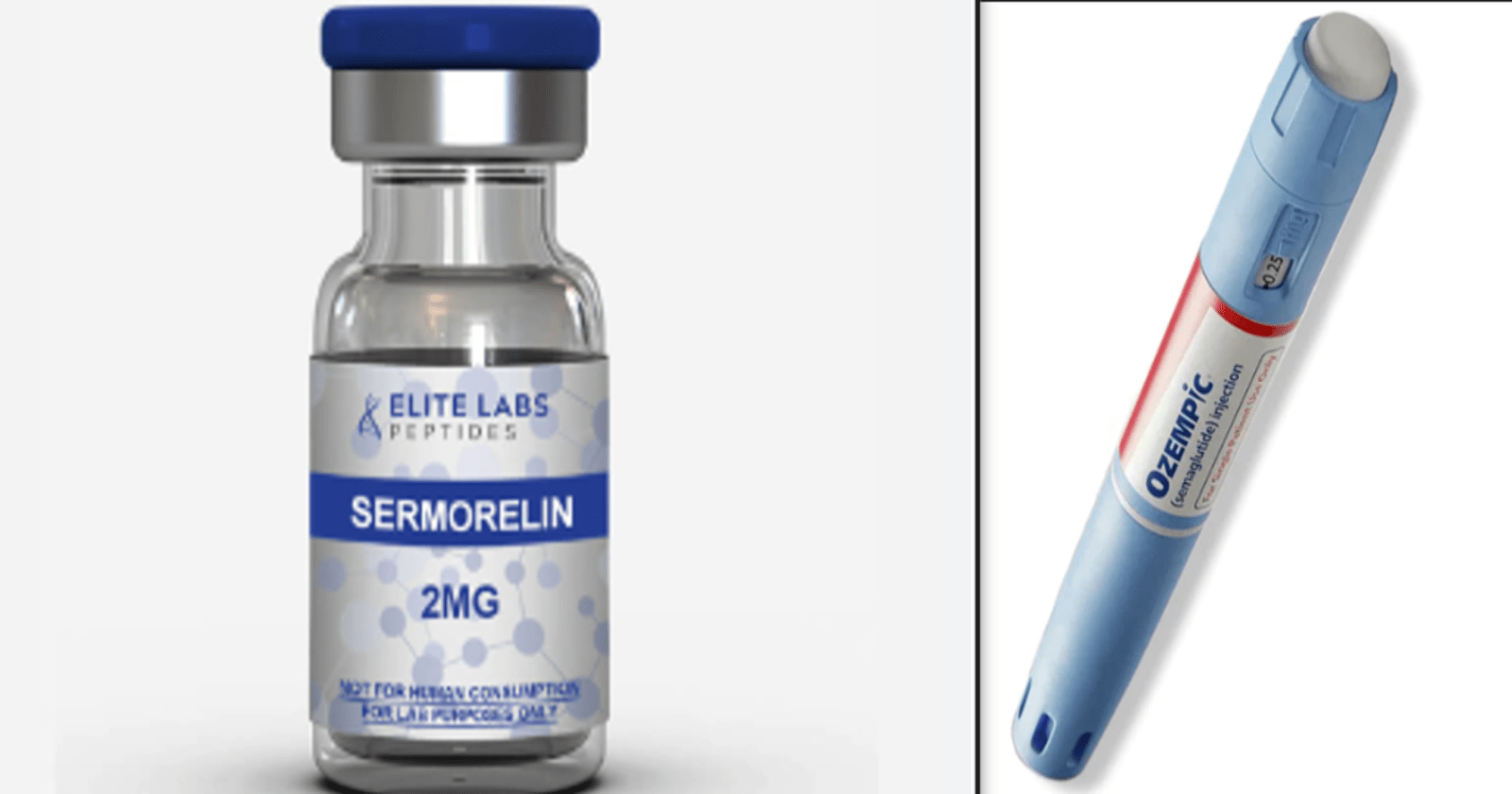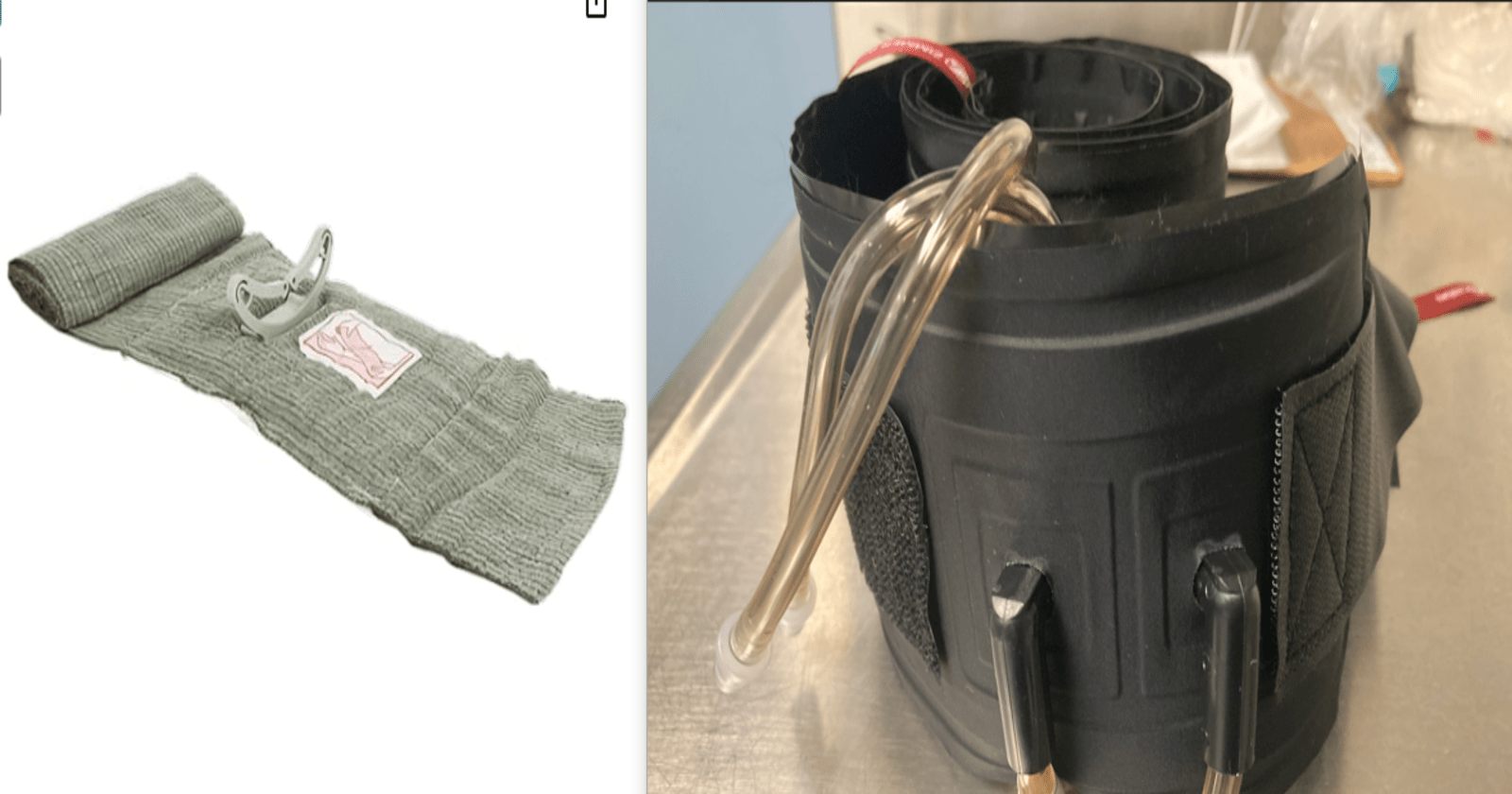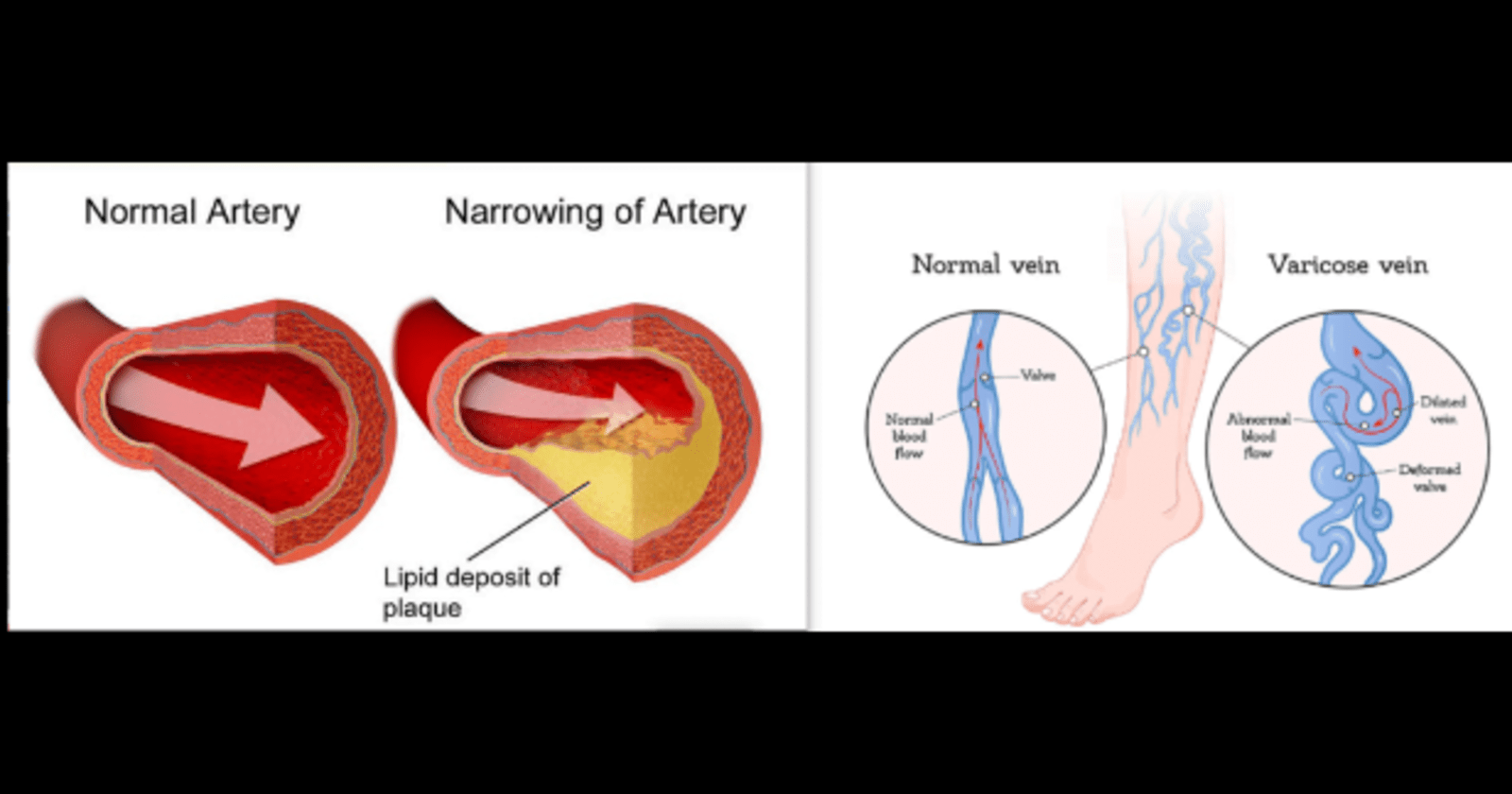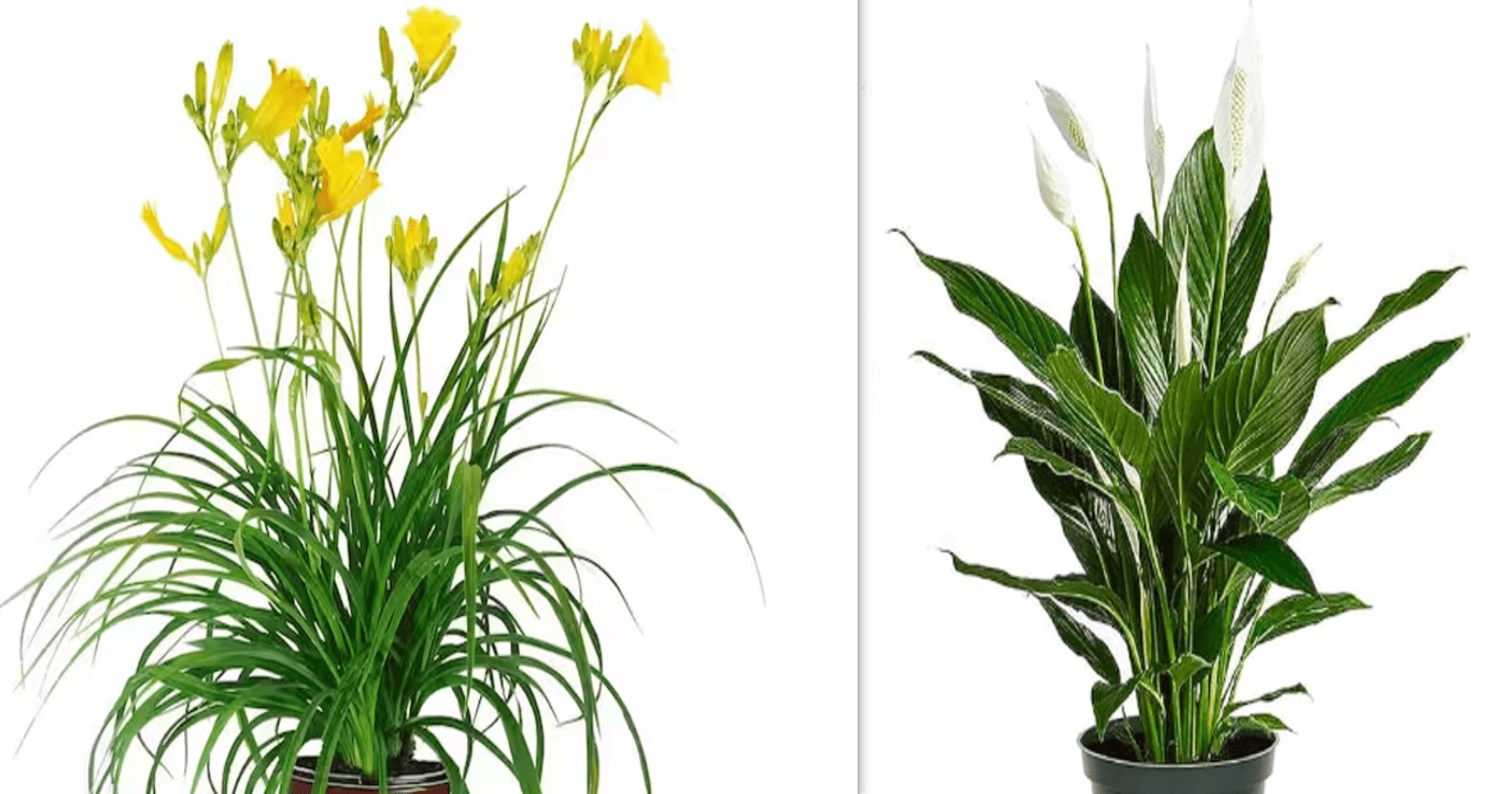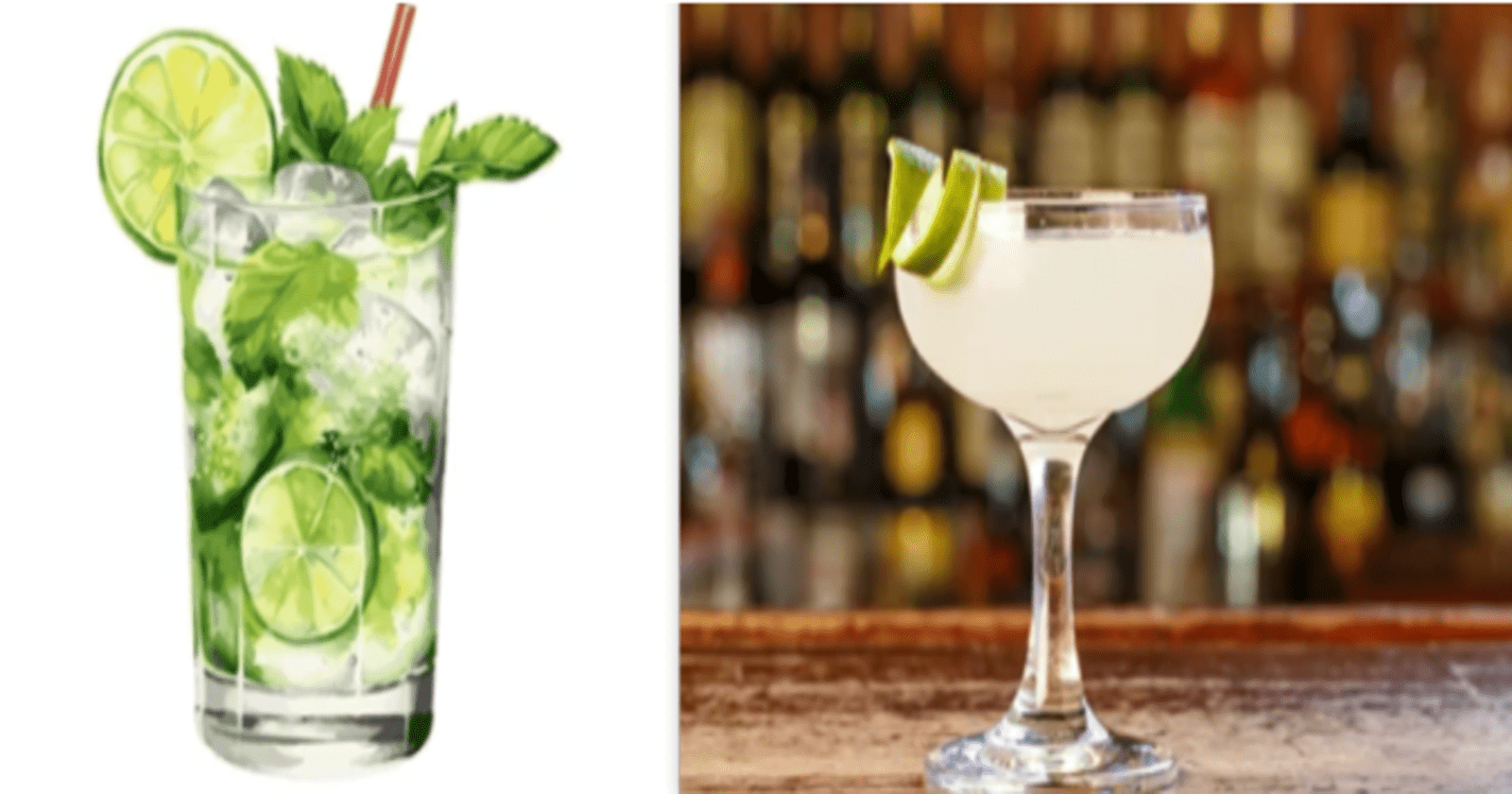Category: Health

Filtered Water vs. Distilled water : How to Choose the Healthiest Option for You
When choosing between filtered water and distilled water, consider your health needs. Filtered water retains essential minerals like calcium and magnesium while removing contaminants, making it ideal for daily hydration. Distilled water, on the other hand, is free of all minerals and impurities, which can be beneficial for detoxification but may lack necessary nutrients for…

Cotton vs Polyester Fabric: A Wellness Perspective on Choosing the Right Fabric for health
Cotton and polyester are two distinct types of fabrics commonly used in the textile industry. Cotton is a natural fiber derived from the seedpod of the cotton plant, known for its breathability, absorbency, and comfort against the skin. In contrast, polyester is a synthetic fiber made from petroleum-based polymers, prized for its durability, resistance to…

Filter Water vs Tap Water
Hey there! Have you ever thought about the differences between filtered water and tap water? In the quest for clean and safe drinking water, two contenders often take center stage: filtered water and tap water. Both sources play vital roles in quenching our thirst and sustaining our daily lives, yet they come with distinct characteristics…

Brita vs PUR Water Filter
Brita and PUR are two popular brands that manufacture water filtration products designed to improve the taste and quality of tap water. Brita uses activated carbon filters to attract and hold impurities like chlorine, sediment, and heavy metals in water. At the same time, PUR combines activated carbon filters and ion exchange tech to adsorb…

Health Impacts of Clean vs Dirty Air Filters
Clean filter effectively captures dust, pollen, mold spores, pet dander, and other airborne particles, promoting unrestricted airflow for optimal HVAC system performance and energy efficiency. This results in improved indoor air quality, creating a healthier living environment. A dirty air filter becomes less effective in capturing particles as it collects dirt and debris, allowing more…

Brita Pitcher Filter vs Zero Water Pitcher Filter
Brita specializes in water filtration by using a carbon filtration process that uses activated carbon filters that reduce contaminants and impurities in the water vs Zero water use a multi-stage filtration process that involve ion exchange, Activated Carbon, Microfiltration and reverse Osmosis to remove impurities from water. This process typically involves several layers of different…

Sand Filter vs Cartridge Filter
Sand Filter is a tank filled with specially graded sand as the filtration medium where water is passes through the sand bed and the particles and impurities are trapped, allowing clean water to pass through. This type of water filtration system commonly used in swimming pools, water treatment plants A cartridge filter is a type…

Pergola vs Pavilion vs Gazebo: Differences, Benefits, and Best Choices for Outdoor Comfort and Shade
Pergolas, pavilions, and gazebos stand as quintessential elements in the realm of outdoor architecture, each weaving its own tale of charm and purpose. The pergola, with its inviting lattice adorned by climbing flora, extends a warm embrace to gatherings beneath dappled sunlight. Pavilions, robust and sheltering, beckon with open arms to host events, striking a…

Top Emergency Preparedness Ideas: Be ready for anything
Emergency preparedness is the process of ensuring that individuals, families, communities, and organizations are ready to respond effectively to various emergencies. Being prepared can significantly reduce the negative impacts of emergencies, such as loss of life, injuries, property damage, and disruption of daily life. Here are some key reasons why being prepared is crucial: 4…

Warmies: Health Benefits for Special needs, Autism, sensory disorder
A Warmie is a type of microwavable stuffed animal designed to provide warmth and comfort. These plush toys are filled with natural grains and dried French lavender, which allows them to be heated in a microwave. Warmies can provide soothing heat and a calming lavender scent when warmed, making them ideal for relaxation, pain relief,…

Reiki vs Reflexology: Key Differences, Benefits, Which Healing Practice is Right for You?
Discover the Healing Powers of Reiki vs Reflexology – Explore the unique benefits, techniques, and impacts of these two popular holistic therapies for mind, body, and spirit. Reiki and reflexology are both alternative therapies that aim to promote healing and well-being but differ significantly in their methodologies, philosophies, and areas of focus. Reiki is based…

Kefir Protein: Types, Quality and Composition
Kefir protein refers to the proteins present in kefir, a fermented milk drink that is made using kefir grains.These proteins come primarily from the milk used in making kefir and are modified by the fermentation process. Kefir Protein is composed of Casein and Whey Proteins. Casein this is the primary protein in milk and makes…

Himalayan salt vs Celtic salt: Differences, Health Benefits, Advantages & Disadvantages
Himalayan salt is a type of rock salt (halite) Pink in color that is primarily harvested from the Khewra Salt Mine in the Punjab region of Pakistan, near the foothills of the Himalayas. Celtic salt, also known as Sel Gris (French for “grey salt”), is a type of sea salt that is harvested from the…

Kefir Grains: benefits, 4 types, uses, care
Kefir Grains: The natural probiotic powerhouse used for centuries to create tangy, health-boosting kefir. Rich in beneficial bacteria and yeast, these grains ferment milk to produce a creamy, nutritious drink that supports gut health and digestion. Perfect for anyone looking to enhance their wellness routine with a delicious, homemade probiotic beverage. Kefir grains are small,…

Holistic Health Therapy: Natural Healing Methods, Benefits, and Integrative Wellness Approaches
Holistic health therapy is an approach to wellness that considers the whole person, encompassing their physical, mental, emotional, and spiritual well-being. Unlike traditional medicine, which often focuses on treating specific symptoms or illnesses, holistic health therapy aims to address the root causes of health issues and promote overall balance and harmony in a person’s life.…

10 Health Benefits of a Clean Air Filter | Improve Indoor Air Quality
A clean air filter is a device designed to remove contaminants and impurities from the air in your home, ensuring the air you breathe is clean and healthy. It can be made of various materials such as fiberglass, pleated paper, or synthetic fibers. It is comprised of a frame that holds the filter media in…

Fasting Calculator: Intermittent vs Extended Fasting – How to Choose the Best for Your Health
Discover the benefits of fasting with our 2 Types Fasting Calculator. Easily plan and track your intermittent fasting and extended fasting schedules to optimize your health and wellness goals. Start your fasting journey today. A fasting calculator is a digital tool designed to help individuals plan, track, and manage their fasting schedules. A fasting calculator…

Probiotic vs Fiber: benefits, sources & strains
Discover the benefits, sources, and strains of probiotics and fiber. Learn how probiotics support gut health with strains like Lactobacillus and Bifidobacterium, while fiber aids digestion and promotes a healthy microbiome. Find out the best food sources for both to enhance your wellness. Probiotics are live microorganisms, typically bacteria or yeast. Often referred to as…

Prebiotic vs Probiotic-for constipation
Prebiotics are a type of dietary fiber/a non-digestible carbohydrate that our digestive enzymes cannot break down, Instead, they feed beneficial bacteria (probiotics) in the gut, promoting their growth and activity. Probiotics are living microorganisms, bacteria, or yeast-beneficial microorganisms (gut microbiota) found in the digestive system. There are 300 to 500 different types of bacteria, with nearly…

Probiotic vs Miralax for Constipation: Natural Relief vs Medicinal Treatment – Which Works Best?”
Probiotic vs Miralax: Which is Better for Constipation? Discover the benefits and differences between probiotics and Miralax for relieving constipation. Learn how each option works, their effectiveness, potential side effects, and which might be the best choice for your digestive health. Probiotics are live microorganisms, typically bacteria or yeasts that are similar to the beneficial…

Common Drugs & Herbs that Interacts with Contrave
Learn about common drugs and herbs that interact with Contrave, including opioids, MAO inhibitors, antidepressants, St. John’s Wort, blood pressure medications, and alcohol. Understand potential risks CONTRAVE is a medication prescribed to assist overweight or obese adults with weight-related health issues in losing weight and maintaining that loss. It combines two active ingredients, naltrexone and…

Surgicel NU-KNIT – Uses, Applications and Visual Examples
NU-KNIT Surgicel is an Oxidized regenerated cellulose (ORC) type of material produced through a process where cellulose is chemically modified and oxidized to create a material with unique absorbable Hemostat properties. It consist of a matrix that encourages platelet adhesion and aggregation to stop bleeding. Commonly used in medical applications, particularly in surgery, as a…

Visipaque vs Omnipaque: Differences, dosage, use, Drugs interactions, adverse effects
Visipaque is a type of contrast injectable agent for intravascular use only, active ingredient is iodixanol, which is an iodine-based compound, has two iodine atoms per molecule and has an osmolarity similar to that of blood with a higher viscosity compared to Omnipaque ( Iohexol). Omnipaque is brand name for Iohexol, a non-ionic contrast agent…

Darkfield vs Brightfield Microscopy | Types and Facts
Understand the differences between darkfield and brightfield microscopy. Learn about the types, advantages, and applications of each method. Discover key facts and insights into how these microscopy techniques are used in scientific research and diagnostics. The difference between brightfield and darkfield microscopy is their illumination method, with brightfield using direct light through the specimen for…

Arnica gel vs Voltaren: Advantages & disadvantages, dosage
Arnica gel is a topical treatment made from the Arnica Montana plant, used for its purported anti-inflammatory properties and is often applied to the skin to relieve muscle aches, joint pain, bruises, and swelling. Commonly used in homeopathic and alternative medicine practices and is more of a herbal treatment. Voltaren gel is a topical medication…

Carbamide peroxide vs Hydrogen Peroxide: Differences, Health benefits, Uses advantages & disadvantages
Carbamide peroxide is a water-soluble, white crystalline solid compound consisting of hydrogen peroxide and urea, source of hydrogen peroxide, it can be found in disinfecting and dental bleaching products. Hydrogen peroxide (H₂O₂) is a clear liquid made of hydrogen and oxygen. It’s commonly used as a disinfectant to clean wounds and surfaces because it kills…

Epsom salt vs Dead sea salt: Health benefits, medication interactions, advantages
Epsom salt, also known as magnesium sulfate, is a chemical compound consisting of magnesium, sulfur, and oxygen. It gets its name from the town of Epsom in Surrey, England, where it was originally discovered. It is not like regular table salt, we normally call it salt because of its chemicals composition. Dead Sea salt is…

Green vs Herbal tea: Benefits, Drugs interactions, which one is best for you
Green tea made from the leaves of the Camellia sinensis plant that have undergone minimal oxidation during processing, leaves are quickly heated or steamed after being harvested to prevent oxidation, which preserves their vibrant green color and fresh flavor. Herbal tea is a beverage made by infusing various herbs, spices, fruits, flowers, or other plant…

Spearmint vs Peppermint tea: for PCOS
Spearmint tea have an anti-androgenic effect, potentially impacting hormone levels that are often imbalanced in PCOS. Peppermint tea, on the other hand, is more commonly known for its digestive benefits and soothing properties. It provide relief for some symptoms like bloating or indigestion that can accompany PCOS. Spearmint Tea Peppermint Tea Helps regulate androgen levels…

Mental health vs Behavioral health: Identifying and differentiating signs and symptoms
Mental health primarily focuses on the psychological and emotional aspects of well-being, while behavioral health encompasses a broader spectrum, including the interplay between behaviors and various dimensions of health, such as mental, emotional, and physical well-being. Mental health refers to a person’s emotional, psychological, and social well-being. It encompasses various aspects of life including how…

Bleach vs Hydrogen Peroxide: Role in mold & mildew removal, wound care, pool care, safety steps
Bleach a chemical composition of 3-6% sodium hypochlorite ( NaOCL), which is effective at killing bacteria, viruses, and other microorganisms. Hydrogen peroxide (H2O2) is a colorless chemical compound composed of hydrogen and oxygen. It is a clear liquid, slightly more viscous than water, and is commonly used as a disinfectant, antiseptic, and bleaching agent. Bleach,…

Ozempic vs Bariatric Surgery: Advantages and Disadvantages
Bariatric surgery tends to lead to more substantial weight loss compared to medications like Ozempic, especially in the long term. However, bariatric surgery also carries higher risks and may not be suitable for everyone, where as medications like Ozempic may be a more accessible option for some individuals. Ozempic (Semaglutide) is a medication used to…

Berberine vs Inositol: 2 supplements for PCOS, Blood sugar control & weight management
Berberine is a plant base supplement, known for its Anti-inflammatory and anti-diabetic properties. It is found in various plants, like barberry, goldenseal, and Oregon grape. Inositol is a naturally occurring sugar alcohol supplement, found in fruits, that plays a crucial role in various cellular processes. Inositol is It’s often considered a B-vitamin, although it’s not…

Icy Hot pro vs Icy Hot max: differences advantages
Icy Hot Pro contains, Camphor 11%, and Menthol 16%, use is geared towards athletes or individuals engaged in regular physical activity, focusing on its potential benefits for sports-related aches and pains compared to Icy Hot Max which has lidocaine 4% and menthol 1%, targets individual looking for a more powerful pain relief. by numbing nerves, it temporarily alleviate foot pain, back pain, muscle pain, knee pain,…

Ovasitol vs Inositol: for PCOS
Ovasitol and Inositol are both supplements that contain inositol, a type of sugar alcohol that is naturally found in many foods and is also produced by the human body. However, Ovasitol is a specific brand of inositol supplement that combines two forms of inositol: myo-inositol and D-chiro-inositol, in a specific ratio. Ovasitol is a dietary…

Inositol pills vs Inositol powder: PCOS and weight management
Inositol pill, a solid dosage form of a carbohydrate compound that is often classified as B8-vitamin, typically oval in shape and is designed to be swallowed vs Inositol powder finely ground substance that typically consists of tiny particles which allow for a more precise control over dosage. Healthcare providers can adjust the amount of powder…

Ozempic vs Naltrexone vs Contrave: which is better
Ozempic lower blood sugar, combat insulin resistance vs Naltrexone use for opioids or alcohol addiction vs Contrave a combination of naltrexone and bupropion to manage weight. Ozempic is a Semaglutide medication, belonging to a class of drugs called GLP-1 receptor agonists, which help lower blood sugar levels by increasing insulin production and reducing the amount…

Inverted Microscope vs Upright Microscope
An Inverted microscope unique feature is that the objective lens is positioned below the specimen, while the light source and condenser are above. Its light source and condenser position above the stage, directing light downward, while the objectives and turret are situated below the stage, pointing upward, versus an Upright microscope is a type of…

Isolation Gown vs Surgical Gown: 2 types of PPE
An isolation gown is a personal protective equipment (PPE) worn by healthcare professionals to protect themselves and patients from the transfer of microorganisms, body fluids, and particulate matter versus a surgical gown which is a specialized garment worn by healthcare professionals during surgical procedures to provide a barrier between the surgeon or other healthcare workers…

Sermorelin vs Ozempic: Advantages and disadvantages of weight management
Sermorelin is a peptide that encourages stimulant for the pituitary gland that induces the secretion of growth hormone verses Ozempic which is a Semaglutide, a GLP-1 agonist, functions by enhancing insulin secretion, decreasing glucagon release, slowing down gastric emptying, and suppressing appetite. Sermorelin Sermorelin is a peptide that functions as a growth hormone-releasing hormone (GHRH).…

Israeli Bandage vs Tourniquet: advantages & disadvantages, application guide, uses in emergency situation
The Israeli bandage, a combat-proven Trauma dressing, designed to effectively stop blood flow from traumatic hemorrhage wounds during pre-hospital emergency scenarios. A tourniquet is a medical device used to apply pressure to a limb or extremity in order to stop the flow of blood. It is used in emergencies, in surgery, or in post-operative rehabilitation.…

Arterial Disease vs Venous Disease
Arterial disease and venous disease are two distinct types of circulatory disorders that affect blood vessels in the body. They involve different parts of the vascular system and have distinct causes, symptoms, and treatments. Arterial disease, also known as artery disease, is a condition that impacts the arteries in your body. These arteries are responsible…

Legg Calve Perthes Disease vs Slipped Capital Femoral Epiphysis
Legg Calve Perthes Disease (LCPD) A rare vascular femoral condition in children that affects the hip, this occurs when the blood supply to the rounded head of the femur(thigh bone) is temporarily disrupted causing vascular necrosis, a process in which bone cells die from lack of adequate blood supply. Slipped Capital Femoral Epiphysis (SCFE) is…

Primrose vs Rose: health benefits & medical uses
Primroses are perennial with short stalk, wrinkled green oblong leaves pale yellow flowers single or clustered on stem. Rose plant features green, glossy leaves and thorny stems. Its main attraction is the ornate blooms, which come in various colors, each with a unique fragrance. Primula vulgaris, commonly known as the common primrose grow wilds wild…

Sorrel (Jamaican sorrel) vs Hibiscus
Sorrel (Roselle) a relative of Hibiscus and Okra, the leaves are lobed and reddish-green and are edible fleshy, bright red cup-like structure contains the plant’s seeds The color and tart, lemony taste of the calyces makes them a good replacement for cranberries. Hibiscus is a diverse flowering plants known for their large, flowers that come…

Salonpas vs Icy Hot: differences in these pain relief
Salonpas a pain relief that reduces inflammation and pain at the affected area related to muscle strains, arthritis, backaches. Icy Hot a pain relief that provides relief from minor aches and pains related to muscle and joint issues. Salonpas and Icy Hot are both renowned topical analgesic solutions designed to alleviate muscle and joint discomfort.…

Day Lilies vs Peace Lilies
Day lily an edible perennial outdoor plant, flowering bloom last only a day vs Peace lily an indoor plant, with air purifying abilities, white flower bloom that last several days. Daylilies (Hemerocallis) a Chinese Vegetable are perennial plants known for their vibrant and diverse blooms, typically lasting for a single day. Peace lilies (Spathiphyllum), on…

Mojito vs Daiquiri
Mojito a cocktail made with sugar ,lime juice, Soda water, mint leaves and white rum, served over ice. Daiquiri a cocktail made with rum, lime juice, and sugar, presented in a chilled glass without ice. A mojito is a delightful cocktail crafted from white rum, lime juice, sugar (sugar cane juice, simple syrup or granulated…

Buttercup Squash vs Kabocha
Both buttercup squash and kabocha squash are winter squash varieties with sweet, dense flesh, but they have some differences. Buttercup squash has a round shape with a turban-like cap, while kabocha is typically squat and flattened. Buttercup squash has a slightly sweeter taste and smoother texture, while kabocha has a sweet and nutty flavor with…

Parsnip root vs Parsley root
Parsnip root is cream-colored, cylindrical, and can grow long, with small root hairs or wrinkles. The parsley root has a more flattened, bulbous shape compared to the elongated taproot of a parsnip. The color of parsley root can range from pale beige to off-white, and it often has a smoother, less wrinkled skin compared to…













